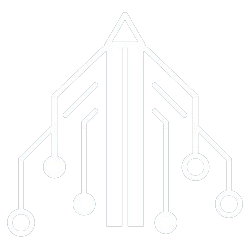With the boom in artificial intelligence led by ChatGPT, the big tech companies began to run to avoid missing this train. The clearest example is in the integration of the AI of OpenAI in Bing, or even the presentation that Google made several months ago of Bard, an artificial intelligence that promised to give updated answers when connected to the network. But this came out at a very green and limited start, until today.
And it is that Google made the bet with Bard at the time of the greatest boom in consumer AI, but It was somewhat forgotten as it was only available in the US and the UK. But it was today, at Google I / O where the company has given more details about Bard and has announced the expansion to hundreds of countries to have a larger user base to make further improvements.
‘Sgroogled.com’: when MICROSOFT launched ANTI-GOOGLE ads
Bard expands to more countries and will integrate visual improvements
This is precisely one of Google’s most important announcements in terms of AI: the arrival of Bard in more than 180 countries, completely opening the existing waiting list. The languages that Bard will admit will be limited, since Communications can only be made in English, Japanese and Korean although they affirm that it will soon be integrated with more than 40 different languages, among which Spanish will foreseeably be found.
But the announcement does not stop here, since Google wanted to bet on making Bard much more attractive (although it will be integrated later) with a prettier interface. For example, Bard can be asked for places in a specific city to make a route with the aim of the generated text is also accompanied by images to get a more complete idea of the search.
Google Lens will also become integrated with AI, making it possible to carry out queries accompanied by images to obtain more personalized results. The example that the company itself has given stars some dogs which are scanned by Lens to detect their breeds and generate creative stories with all this information. Here Google wants you to each of us be as creative as possiblesince they provide the tools and we will find the utility in the end.

Export Python code or have better citations from sources
Something that Google has wanted to emphasize is that it listens to developers, and that is why they are going to integrate a better system so that all the information has the citations from where it has been extracted. These will arrive in a small annotation that you click on so that the parts are underlined and the link to the source appears
The interconnection is also important, because whenever we use artificial intelligence it is to use the result elsewhere. The clearest example is in the field of developers where on many occasions they make queries to generate code but it cannot be easily exported. It is because of that Google is going to add the option to export it and run it with Replit starting with python.

The same will happen with Gmail or Docs where there will be a connection to move the answers that of Bard with both services. The example given by the company is to request to write an invitation email for a sports league with the rules of the game. When it is integrated, a button that says “draft in Gmail” should automatically appear so that it can be exported to a draft before sending it.

But they do not want to stay in their ecosystem, since it has also been announced with the integration of Bard in Adobe Firefly in the coming months to create images with a single phrase or export the designs to Adobe Express. They are also working on integrating AI services with Kayak, OpenTable, ZipRecruiter, Instacart, Wolfram or Khan Academy, although this will have to continue waiting for the development of this AI that wants to compete with ChatGPT or Bing.
In Genbeta | Five websites where you can now draw with artificial intelligence and become an artist


